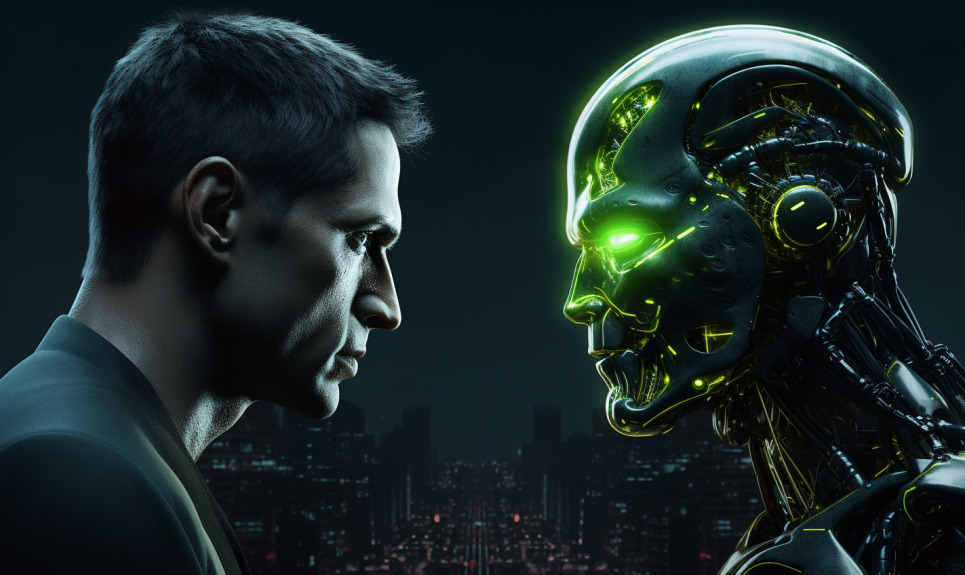Machine learning is a subset of artificial intelligence (AI). One of the characteristics that make people so interested in machine learning is that its algorithms improve over time with exposure to data. That benefit makes machine learning in medical imaging particularly useful.
The health care sector is one of the fields getting on board with AI technology. Here are five examples of how it works well.
1. Comparing Image Data up to 1,000 Times Faster
A technique called medical image registration is essential for letting doctors evaluate two different versions of data — such as MRI scans taken at different points in time — to look for changes. Such a process helps them track the progression of a brain tumor, for example.
Researchers at MIT devised a new approach that uses machine learning to do that much more efficiently. It works with 3D medical images and registers them up to 1,000 times more quickly than traditional methods can. While writing a paper to explain their findings, the team trained an algorithm on 7,000 publicly accessible brain scans.
2. Diagnosing Skin Cancer More Successfully Than Dermatologists
Many people with an above-average number of moles get advised to schedule regular skin checks with their dermatologists. Most moles are harmless, but those that become malignant melanomas can be deadly.
Scientists sought to improve skin cancer diagnoses by training a machine learning algorithm to help. They showed it 100,000 images of malignant and benign moles, each picture magnified to 10 times its normal size. The algorithm also received labeling data to tell it if a mole was cancerous or not.
The machine learning technology correctly diagnosed the marks on the skin being dangerous or trouble-free more often than dermatologists in the study. This application could mean fewer people receive unnecessary mole removals while those that genuinely need the procedure get it without delay.
3. Looking for Early Signs of Pneumonia
Scientists now know that pneumonia is the cause of death in many COVID-19 fatalities. Many people with that strain of the coronavirus can successfully care for themselves at home, however.
Researchers realized that the key would be to correctly differentiate between the cases likely to require hospital care and those that did not.
Using machine learning in medical imaging offered some vital answers, especially when doctors relied on it to examine chest X-rays.
One of the early efforts involved teaching a machine learning algorithm with X-ray images enhanced with 22,000 notations from radiologists. The algorithm then showed color-coded maps on top of lung pictures to indicate the likelihood of pneumonia.
Researchers said that, since pneumonia can be subtle and difficult to diagnose with a stethoscope, this application of machine learning could pick up on worrisome signs before humans spot them. For cases where a physician strongly suspects a person does not have pneumonia, a machine learning tool could add even more confidence to that conclusion.
4. Facilitating a Future of More Personalized Mental Health Care
Methods of using machine learning in medical imaging could also improve outcomes for people with psychiatric disorders. Researchers recently discovered that machine learning tech could show new details about brain networks in individual children. They believe the information could bring about better, customized treatments for mental health patients.
Machine learning highlighted how these connections in the brain change as a young person gets older. It also allowed the team to map the precise locations of the networks rather than making estimates about their average positions.
5. Identifying Stroke Patients Promptly and Accurately
People with suspected strokes need rapid care to reduce the chances of substantial brain damage. Researchers wanted to determine if machine learning could match the speed humans use to assess images that confirm or deny that a person suffered a stroke.
The group took MRI data from 355 patients and used it to prepare the algorithm. After the training period, the machine learning tool was as useful or better at diagnosing stroke patients compared with humans assigned the same task.
The technology also did so within a four-and-a-half-hour window. That’s a crucial timeframe because treating the stroke outside of it could reduce the effectiveness of the interventions.
Machine Learning in Medical Imaging: A Complement to Human Knowledge
These five examples strongly suggest there’s a central place for machine learning in medicine for the foreseeable future. However, they don’t indicate that humans will eventually be useless in the all-important patient diagnosis process.
Both machines and humans can make errors, and they don’t know everything. Combining them could reveal opportunities while reducing mistakes that could compromise the quality and outcomes of patient care.
Recent Stories
Follow Us On
Get the latest tech stories and news in seconds!
Sign up for our newsletter below to receive updates about technology trends














